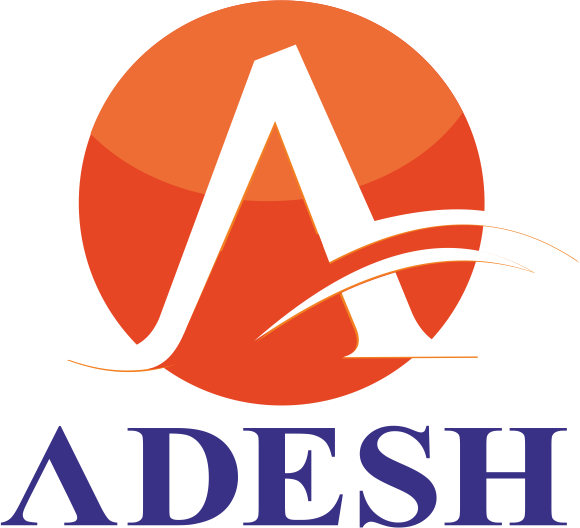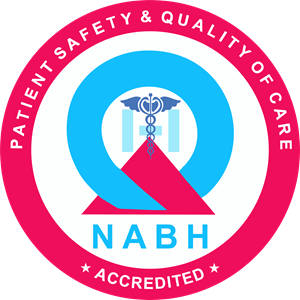Department of Community Medicine/PSM
Goal of The department:
The broad goal of the teaching of undergraduate students in Community Medicine is to prepare them to function as community and first level physician in accordance with the institutional goals.
OBJECTIVES
A- Knowledge:
The student shall be able to:
I- For Phase1 & 2
- 1. Explain the principles of sociology including demographic population dynamics.
- 2. Identify social factors related to health, disease and disability in the context of Urban and Rural societies.
- 3. Appreciate the impact of urbanization on health and disease.
- 4. Observe and impact the dynamics of community behavior.
- 5.Describe the elements of normal psychology and social psychology.
- 6. Observe the principles of practice of medicine in hospital and community setting.
II- For Phase 3 Part - 1
At the end of the course, the student should be able to: –
- 1. Describe the health care delivery system including rehabilitation of the disabled in the country.
- 2. Describe the National Health Programmes with particular emphasis on maternal and child health programmes, family welfare planning and population control.
- 3. List epidemiological methods and describe their application to communicable and non-communicable diseases in the community or hospital situation.
- 4. Apply biostatistical methods and techniques.
- 5.Outline the demographic pattern of the country and appreciate the roles of the individual, family, community and socio-cultural milieu in health and disease.
- 6. Describe the health information systems.
- 7. Enunciate the principles and components of primary health care and the national health policies to achieve the goal of ‘Health for All’.
- 8. Identify the environmental and occupational hazards and their control.
- 9. Describe the importance of water and sanitation in human health.
- 10. To understand the principles of health economics, health administration, health education in relation to community.
B- Skill:
For Phase - 1 & 2
At the end of the course, the student should be able to make use of:
- 1. Principles of practice of medicine in hospital and community settings and familiarization with elementary nursing practices.
- 2. Art of communication with patients including history taking and medico-social work.
- 3. Teaching of community medicine should be both theoretical as well as practical. The practical aspects of the training programme should include visits to the health establishments and to the community where health intervention programmes are in operation.
- 4. In order to inculcate in the minds of the students the basic concepts of community medicine to be introduced in this phase of training, it is suggested that the detailed curriculum drawn should include at least 30 hours of lectures, demonstrations, seminars etc. together with at least 15 visits of two hours each.
For Phase – 3 Part - 1
At the end of the course, the student should be able to: –
- 1. Use epidemiology as a scientific tool to make rational decisions relevant to community and individual patient intervention.
- 2. Collect, analyze, interpret and present simple community and hospital based data.
- 3. Diagnose and manage common health problems and emergencies at the individual, family and community levels keeping in mind the existing health care resources and in the context of the prevailing socio-cultural beliefs.
- 4. Diagnose and manage maternal and child health problems and advise a couple and the community on the family planning methods available in the context of the national priorities.
- 5. Diagnose and manage common nutritional problems at the individual and community level.
- 6. Plan, implement and evaluate a health education programme with the skill to use simple audio-visual aids.
- 7. Interact with other members of the health care team and participate in the organization of health care services and implementations of national health programmes.
C- Integration:
Develop capabilities of synthesis between cause of illness in the environment of community and individual health and respond with leadership qualities to institute remedial images for this.
INFRASTRUCTURE:
- INFRASTRUCTURE DEYTAILS OF COMMUNITY MEDICINE DEPARTMENT
Professor & HOD
(18 Sq. m. each)
Associate Professor/Reader -Two rooms
(15 Sq. m. each)
Asstt. Professor/Lecturers – One room
(15 Sq. m. each)
Statistician cum Tutor – One room
(12 Sq. m. each)
Epidemiologist cum Lecturer – One room
(12 Sq. m. each)
Tutor/Demonstrators – Two rooms
(15 Sq. m. each)
Department office cum Clerical room – one room
(12 Sq. m. each)
Working accommodation for non-teaching staff
(15 Sq. m. each)
Departmental library-cum-seminar room
(30 Sq. m. each)
Museum
(125 Sq. m. each)
Research lab
(50 Sq. m. each)
Demostration room-2
(60 Sq. m. each)
- Departments
- Anatomy
- Physiology
- Biochemistry
- Pharmacology
- Microbiology
- Pathology
- Forensic Medicine &Toxicology
- Community Medicine
- General Medicine
- Respiratory Medicine
- Dermatology, Venereology & Leprosy
- Psychiatry
- Paediatrics
- General surgery
- Oto-Rhino-Laryngology
- Ophthalmology
- Orthopedics
- Obstetrics & Gynaecology
- Anaesthesiology & Critical Care
- Radio-Diagnosis
- Dentistry
- Casualty
Admission Enquiry Form
- Contact us
- ncmedicalcollege.panipat@gmail.com
- Admission Helpline: 0180-2579061
- Phone: 0180-2579081, 0180-2579061
- Ext: 280,281
- Fax: 0180-2579081
- N.C. Medical College & Hospital, Panipat-Rohtak Road, VPO Israna, Panipat-132107 Haryana (India)
Brochures
View our Medical prospectus of
brochure for an easy to read guide on
all of the services offer.


